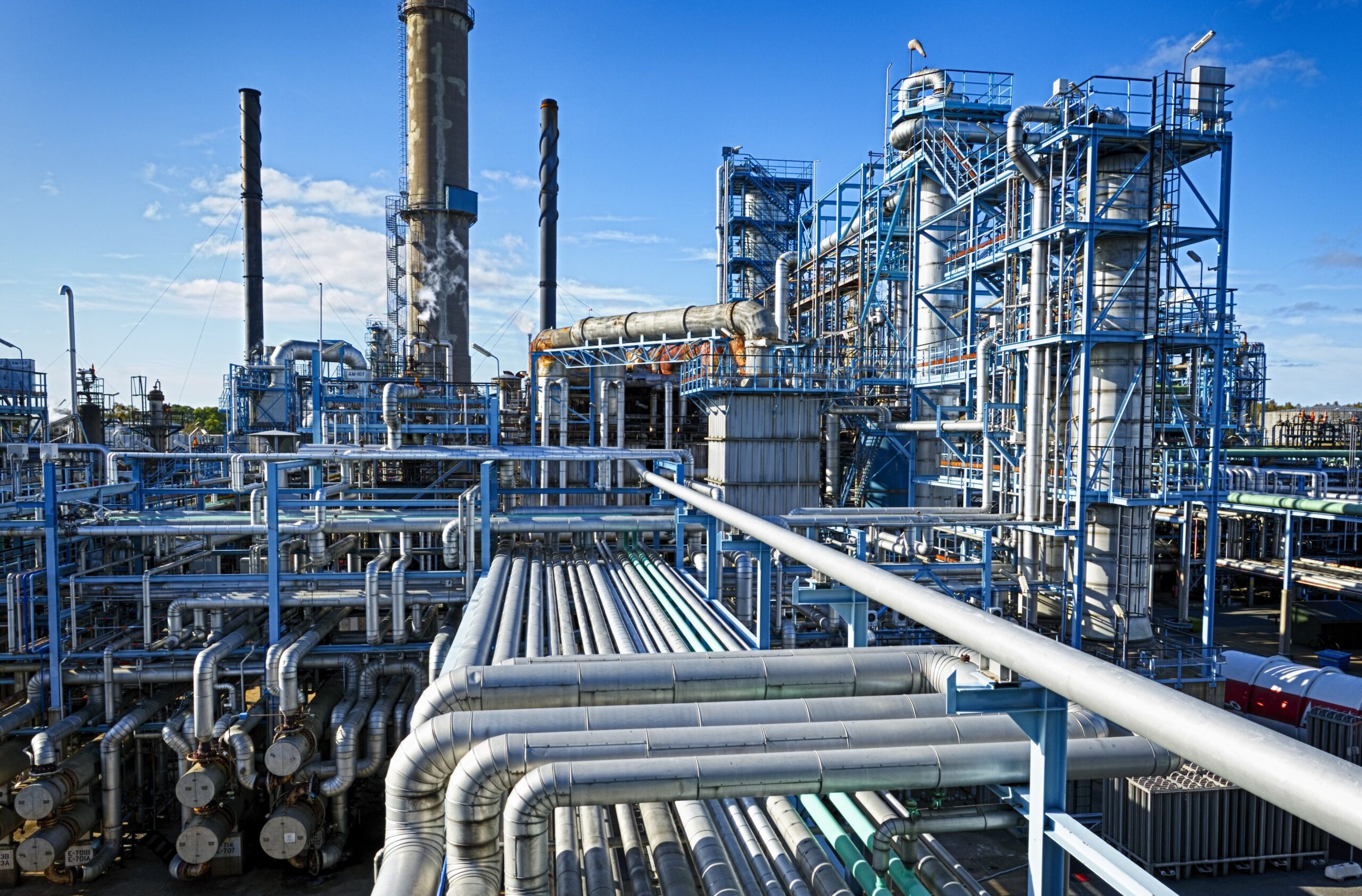Winterizing Process Columns: Strategies for Cold-Weather Reliability

When the Texas freeze of February 2021 swept through the Gulf Coast, refineries and chemical plants across the region experienced widespread process upsets and catastrophic shutdowns. The event caused an estimated $195 billion in total economic losses, with the refining and petrochemical sectors among the hardest hit. More than 4.5 million barrels per day of refining capacity went offline, and multiple facilities reported column overpressure, reboiler tube rupture, and feed-line freezing due to inadequate winterization. While some operators had comprehensive freeze-protection and standby protocols in place—such as the El Paso Electric system, which maintained uptime—many Gulf Coast facilities learned a costly lesson: even short exposure to sub-freezing conditions can cripple vertical process columns that were designed primarily for subtropical service.
Understanding Winter Vulnerabilities in Process Columns
Distillation, absorption, and stripping columns rely on stable thermal and hydraulic balance. During extreme cold, several mechanisms can cause malfunction or failure:
- Feed and reflux temperature shifts:
– Sub-freezing ambient air can lower feed and reflux temperatures by 20–40°F, altering vapor-liquid equilibrium (VLE) and reducing tray or packing efficiency by up to 15–25%.
– Increased viscosity at low temperature restricts liquid distribution through downcomers and redistributors, leading to maldistribution and flooding in upper sections. - Condensate and water freeze points:
– Water or aqueous trace components can freeze in draw lines, thermowells, and reflux return piping. Ice formation increases backpressure and can rupture small-bore fittings.
– Even a ¼-inch layer of ice on overhead condensers reduces heat-transfer coefficients by over 30%, reducing condensation efficiency and increasing overhead vapor pressure. - Reboiler duty imbalance:
– Reboilers not sized for winter turn-up duty may fail to deliver sufficient vaporization when ambient temperatures drop below 25°F.
– Conversely, during summer, the same unit must operate under turndown to avoid overboiling. Engineers should confirm that reboiler heat-input control range accommodates at least a 2:1 seasonal turndown ratio. - Mechanical and materials effects:
– Carbon-steel internals and bolting exposed to ambient air can contract unevenly, leading to tray leakage, joint misalignment, and potential fatigue stress in downcomer supports.
– Elastomeric gaskets and seals stiffen below 20°F, compromising column tightness during startup.
Strategies for Winterization
To ensure continuity and safety, each column system should be evaluated as part of a seasonal reliability audit. Key controls include:
– Thermal Insulation and Heat Tracing: Install or inspect steam/electric tracing on reboiler feed lines, reflux return lines, and bottoms pumps. Confirm insulation thickness provides at least R-8–R-12 thermal resistance for lines with water or aqueous components.
– Reboiler and Condenser Sizing: Review heat-duty calculations for winter operation. The reboiler should maintain sufficient vapor flow to sustain target bottom temperatures under ambient lows of 15°F. Similarly, condensers should be capable of bypass or variable duty to prevent over-condensation during cold snaps.
– Internals and Distribution Checks: Examine tray decks, downcomer clearances, and structured packing supports for corrosion or deformation. Low temperatures can accentuate pre-existing misalignments that impair VLE efficiency. AMACS engineers can simulate performance changes using Aspen Plus or HYSYS to verify mass-transfer efficiency under variable thermal profiles.
– Instrumentation and Control Verification: Verify that temperature transmitters, pressure sensors, and control valves are rated for sub-freezing environments (Class I, Div 2, –40°F service). Improperly rated devices are a leading cause of false trips during cold weather.
Develop a Contingency and Service Plan
Even with proper design, unplanned events can occur. Every plant should maintain a pre-qualified contractor who:
– Is available 24/7/365 for emergency shutdowns and turnaround response,
– Knows your specific tower design, internal configuration, and metallurgy,
– Can mobilize replacement trays, packing, or demisters within 24–48 hours, and
– Has proven experience with hydrocarbon and chemical column internals.
Waiting until a column fails to locate a qualified service provider can add days of downtime, translating into millions in lost production.
Partnering with AMACS
AMACS provides engineered mass transfer and separation internals throughout the Gulf Coast, including replacement trays, structured and random packings, mist eliminators, and support grids. Our field teams assist refineries, gas plants, and chemical producers with turnaround inspection, winterization planning, and emergency column rebuilds. If your site has not recently reviewed its cold-weather operating envelope, now is the time. Contact AMACS for consultation or emergency support—before the next freeze catches you unprepared.
